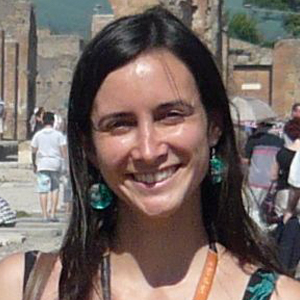Double vision
She was searching for something to contribute to a professor’s birthday symposium when she started noticing images in the protein structures he had published: a birthday present, then a cat bringing a birthday cake. She made a simple animation of the images using PowerPoint so that she could contribute something to the celebration. “It was not very artistic in the beginning,” she recalls.
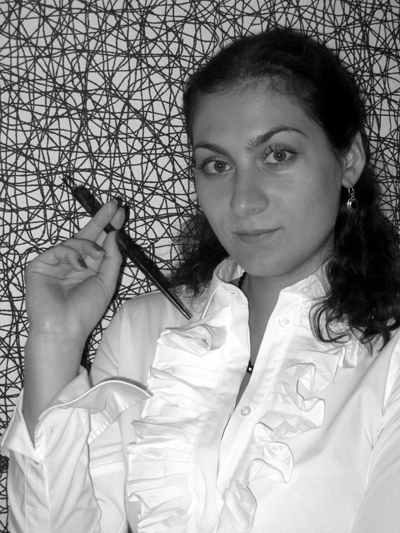
Most biochemists look to the Protein Data Bank for structural data, but Maja Klevanski looks to it for artistic inspiration. Klevanski, a graduate student at the University of Heidelberg, first got the idea of translating the ribbon models of protein structures into art when she was preparing her diploma thesis at Harvard.
But over time, her method has become more elaborate. To find her images, she rotates protein structures until she begins to see something interesting and then begins a painstaking process of drawing over the structure, redrawing and tweaking the rotation until the image in her mind is fully realized on the page.
Last year, a collage of her work titled “Nature playing chess” reached the top 10 in the illustration category of the 2012 International Science and Engineering Visualization Challenge. She says she hopes to publish a book one day that combines her art with the science behind it. “But, first of all, I have to finish my Ph.D.!” she says.
You can find more of her work at her website, where she also takes requests to re-imagine your favorite protein: www.protein-art.com.
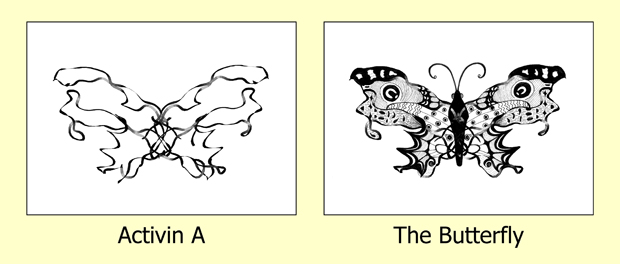
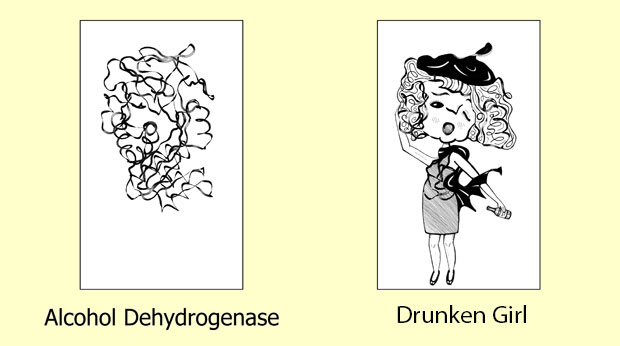
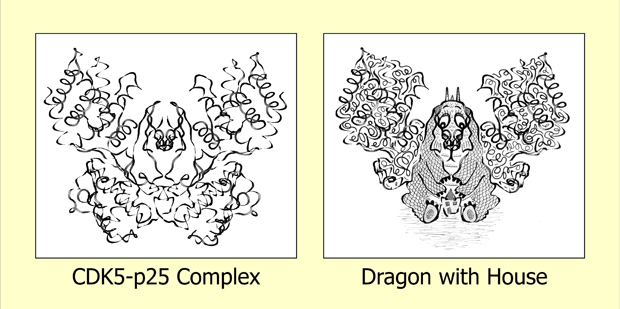
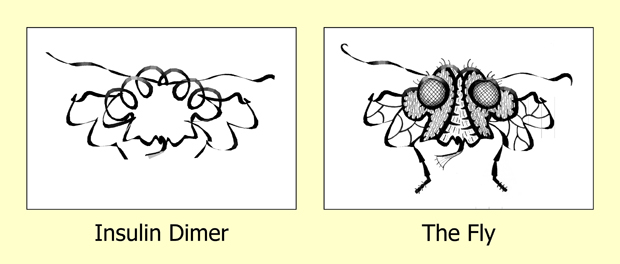
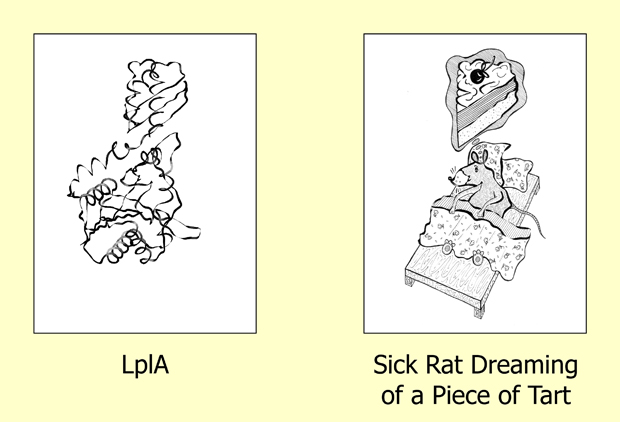
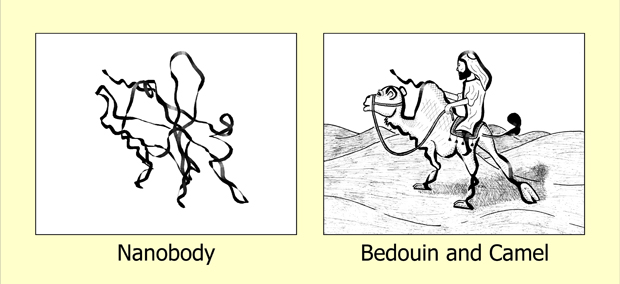
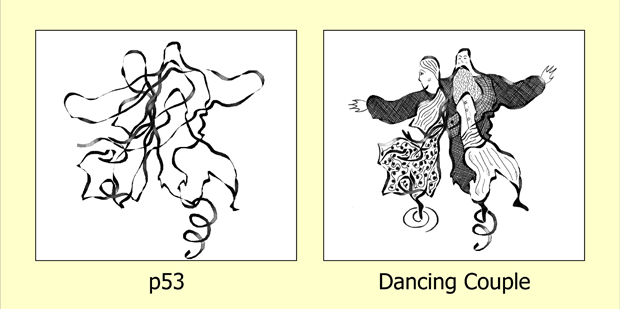
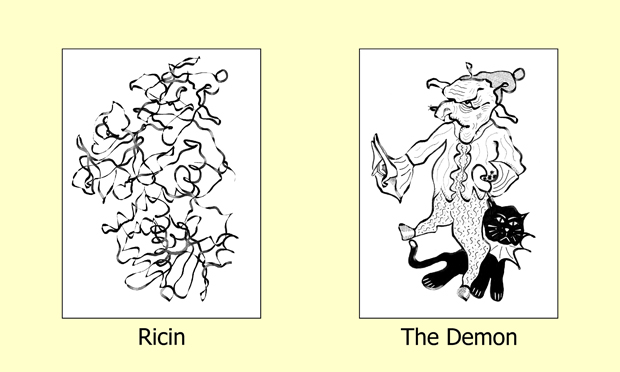
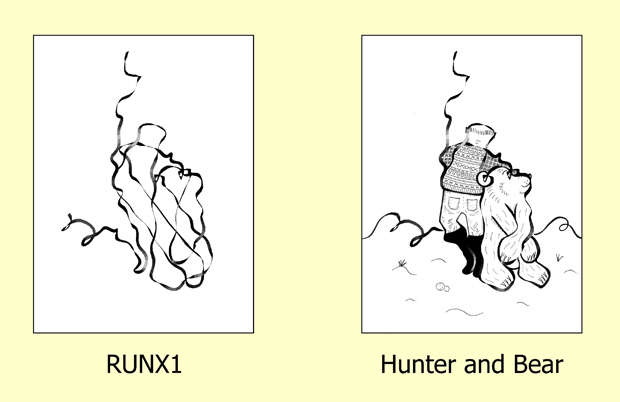
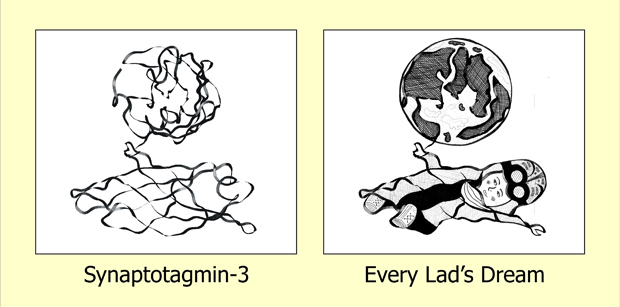
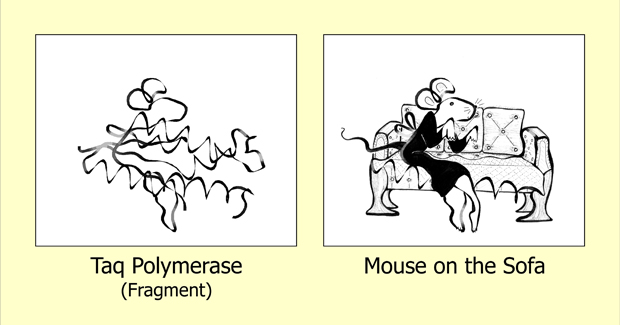
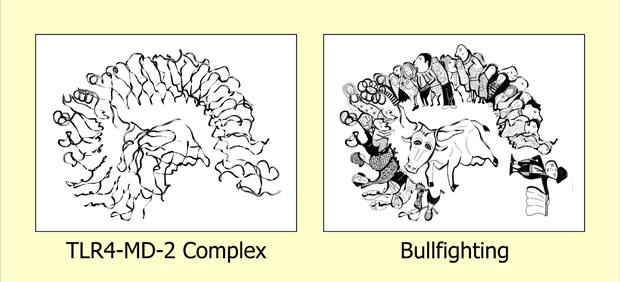
Enjoy reading ASBMB Today?
Become a member to receive the print edition four times a year and the digital edition monthly.
Learn moreGet the latest from ASBMB Today
Enter your email address, and we’ll send you a weekly email with recent articles, interviews and more.
Latest in People
People highlights or most popular articles
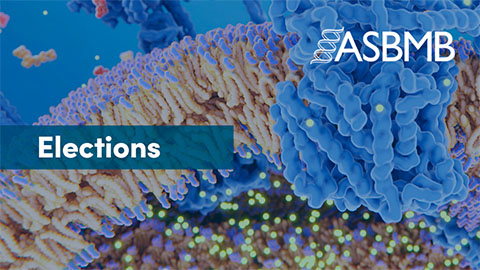
2026 voter guide
Learn about the candidates running for Treasurer-elect, Councilor and Nominating Committee.

Meet the editor-in-chief of ASBMB’s new journal, IBMB
Benjamin Garcia will head ASBMB’s new journal, Insights in Biochemistry and Molecular Biology, which will launch in early 2026.

Exploring the link between lipids and longevity
Meng Wang will present her work on metabolism and aging at the ASBMB Annual Meeting, March 7-10, just outside of Washington, D.C.

Defining a ‘crucial gatekeeper’ of lipid metabolism
George Carman receives the Herbert Tabor Research Award at the ASBMB Annual Meeting, March 7–10, just outside of Washington, D.C.

Nuñez receives Vallee Scholar Award
He will receive $400,000 to support his research.

Mydy named Purdue assistant professor
Her lab will focus on protein structure and function, enzyme mechanisms and plant natural product biosynthesis, working to characterize and engineer plant natural products for therapeutic and agricultural applications.

